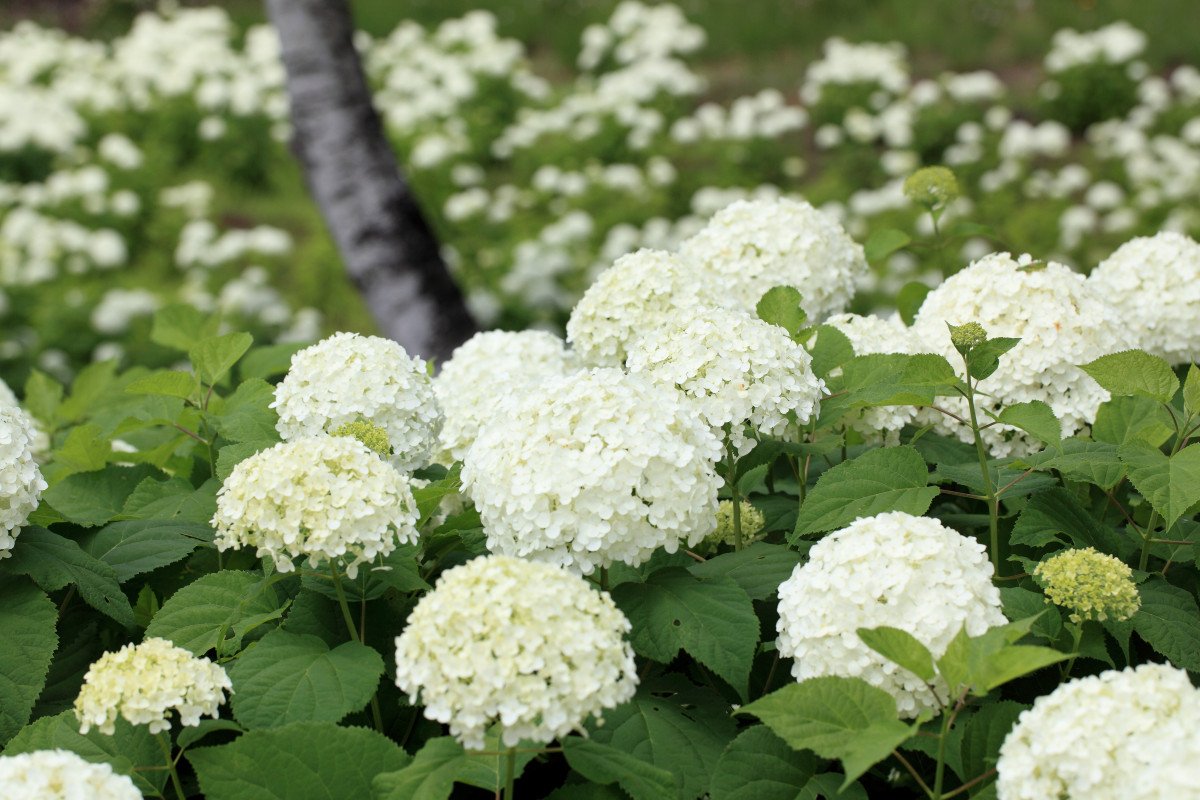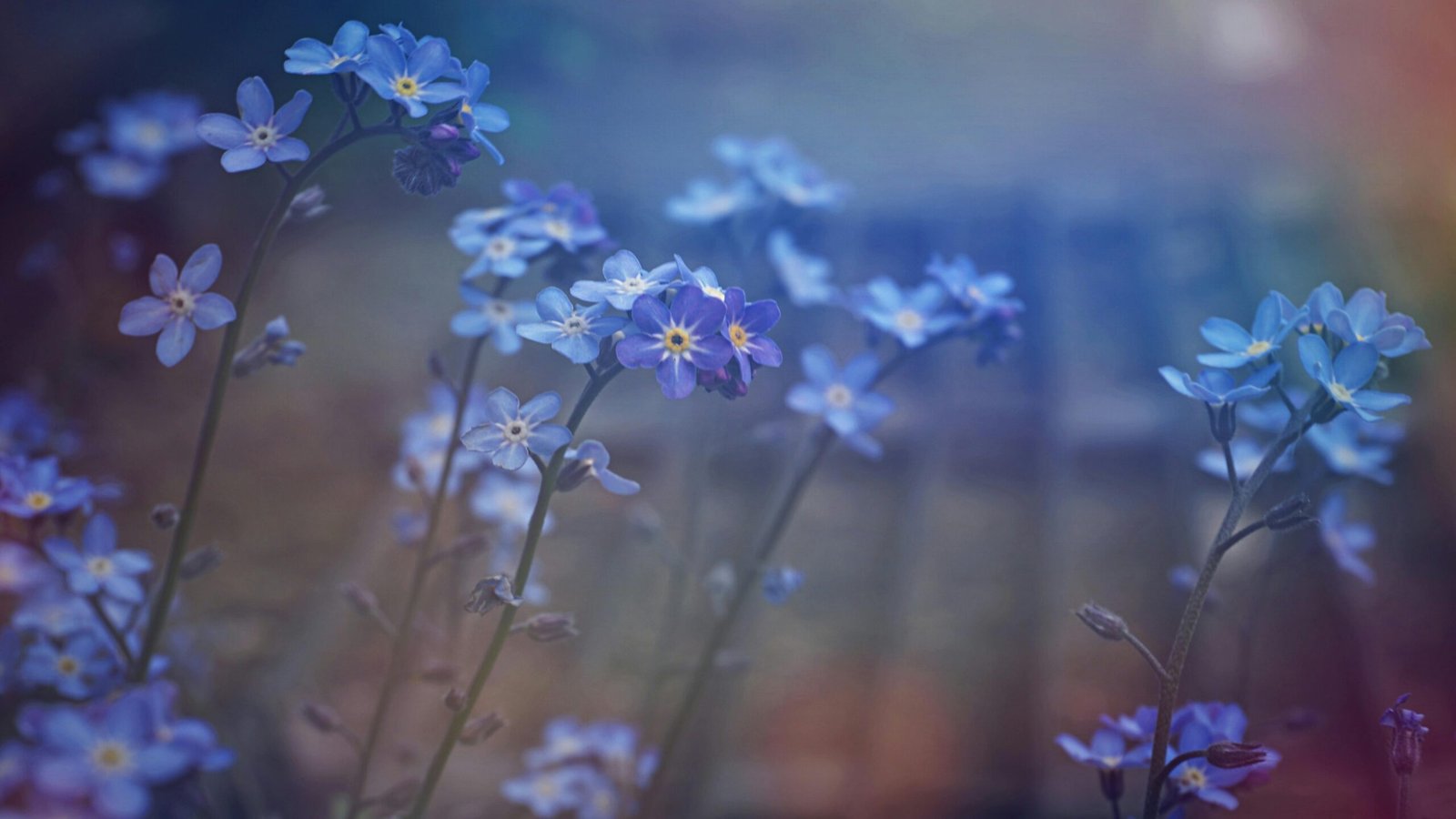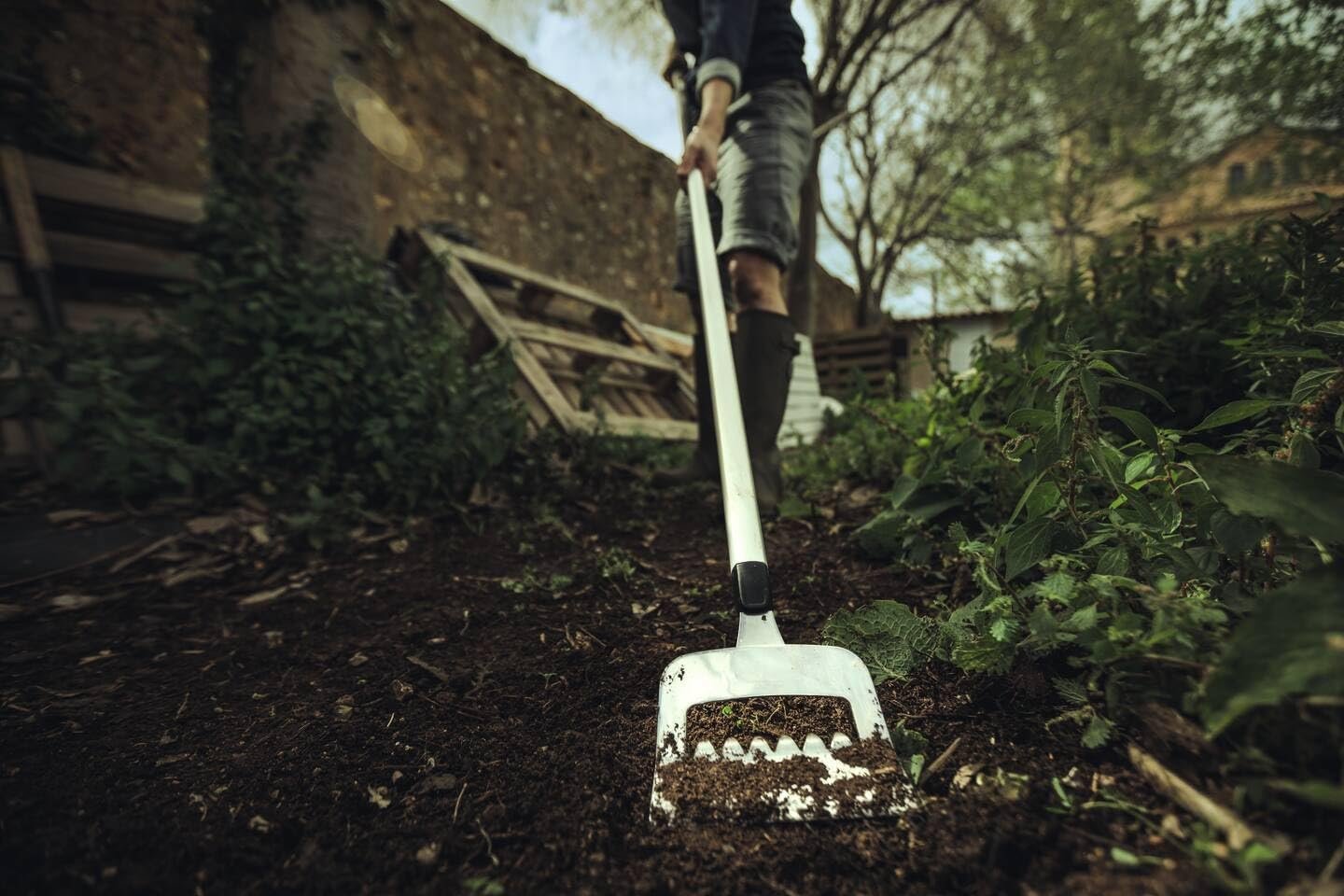The Mandevilla Plant: Your Easy Guide to Big, Beautiful Flowers
Want a plant that makes your garden look amazing with very little work? Let me tell you about my favorite summer flower: the mandevilla. It has big, trumpet-shaped flowers that look like something from a tropical island. The best part? It’s not as hard to grow as it looks! Let’s talk about how you can grow one, and answer a very common question: is mandevilla a perennial, or do I have to buy a new one every year?
How to Grow and Care for Mandevilla
Taking care of a mandevilla is easy. Just remember a few simple things.
Light: Sunshine is Key
Your mandevilla is a sun-lover! For the best show of flowers, give it at least 6 hours of direct sunlight every day. A sunny patio or a south-facing spot is perfect.
Soil: The Right Foundation
The most important thing is to make sure your plant isn’t sitting in wet mud. Use a good-quality potting soil that lets water drain through easily. A pot with a hole in the bottom is a must!
Water: Don’t Let It Get Thirsty
During the hot summer, your mandevilla will get thirsty. Check the soil every day or two. If the top inch of soil feels dry, give it a good, deep drink. If the leaves look a little droopy, it’s saying, “Water me, please!”
Temperature and Humidity: Keeping It Cozy
Mandevilla loves warm weather. It’s happy when temperatures are above 50°F (10°C). If it gets colder than that, you’ll need to bring your plant inside. It also enjoys a bit of humidity, just like a tropical vacation!
Fertilizer: Plant Food for More Flowers
If you want your plant to be covered in blooms, you need to feed it. Think of it like a hungry teenager! I use a liquid plant food that is made for flowers every two weeks during the spring and summer. You will be amazed at how many new flowers pop up.
Different Types of Mandevilla
You have a few choices when you pick a mandevilla:
-
Classic Vines: These love to climb up a trellis, fence, or arch.
-
Mounding or Bush Types: These varieties (like ‘Sun Parasol’) are perfect for pots and hanging baskets and don’t need a structure to climb.
How to Make New Mandevilla Plants (Propagating)
Want to make baby plants from your favorite mandevilla? It’s called propagating. The easiest way is to take a cutting from a healthy stem in the spring or summer. Dip the cut end in a rooting powder and place it in a small pot with moist soil. Keep it warm and in a few weeks, it should grow roots!
Potting and Repotting Your Plant
Your mandevilla might get too big for its pot! If you see roots growing out of the drainage holes, it’s time to repot.
-
Gently take the plant out of its old pot.
-
Place it in a new pot that is only 1-2 inches wider.
-
Fill in the space with fresh potting soil and water it well.
How to Save Your Mandevilla Over the Winter (Overwintering)
Since mandevilla is not a perennial in cold climates, you need to bring it inside for winter.
-
Trim it Back: Before the first frost, cut the plant back by about half.
-
Bring it Inside: Put it in a cool place like a garage or basement that gets some light.
-
Let it Rest: It will look sad and lose leaves, but that’s normal! It’s just sleeping.
-
Water a Little: Only give it a tiny bit of water every few weeks so the soil doesn’t completely dry out.
When spring arrives, bring it back outside and it will wake up!
How to Get Your Mandevilla to Bloom
What do the Flowers Look and Smell Like?
Mandevilla flowers are large, open trumpets in gorgeous pink, red, or white. They have a very light, sweet smell. The best part? They are like a dinner bell for hummingbirds!
How to Encourage More Blooms
The secret to a flower-filled plant is simple: Lots of sun + regular water + feeding every two weeks. Also, you don’t need to pick off the old flowers; the plant takes care of that itself.
Fixing Common Mandevilla Problems
Is your plant looking a little sick? Here’s a simple guide.
-
Yellowing Leaves: This usually means you’re giving it too much water. Let the soil dry out more between waterings.
-
Browning Leaves: This often means it’s not getting enough water, or it got a little too cold.
-
Brown Spots on Leaves: This could be a fungus. Try to water the soil, not the leaves, and make sure your plant has good air flow.
Answers to Your Gardening Questions
Will mandevilla grow back every year?
Mandevilla will grow back as a perennial only if you live in a very warm area (Zones 9-11). For most people, it’s grown as an annual in a pot, or you can save it by bringing it indoors for the winter.
Do I need a trellis to grow mandevilla?
Yes! Mandevilla is a vine and loves to climb. It will be happiest if you give it a support like a trellis, obelisk, or even a small fence to wrap around.
Where should I plant mandevilla?
The perfect spot is in full sun. If you live in a warm zone (9-11), you can plant it in the ground. If you live in a cooler region, always plant it in a pot so you can move it easily.
Do deer eat mandevilla?
Great news! Deer usually do not like to eat mandevilla. So it’s a safe choice if you have deer in your neighborhood.
Is mandevilla safe for my dog?
No, it is not. This plant can make dogs and cats sick if they chew on it. To be safe, I always keep my mandevilla in a high place where my pets can’t reach it.











